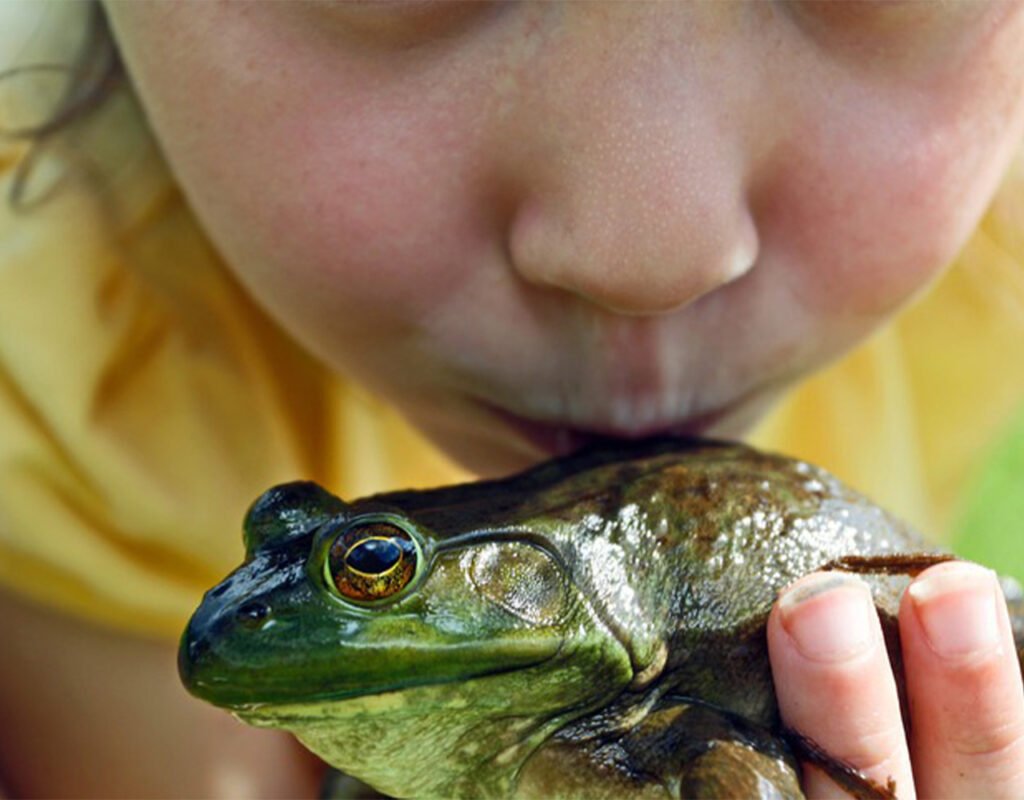Small animals like turtles, iguanas and frogs are often chosen as children’s first pets because they are easy to handle and require little care for busy households. Although they can be fun, it may be better to avoid them.
The reason? “Reptiles and amphibians can carry germs that make people sick, the most common of which is the salmonella bacteria,” says Dr. Elizabeth Hohmann, an infectious disease expert at Harvard-affiliated Massachusetts General Hospital. “These animals live in warm and humid environments where salmonella thrives.”
Disease outbreaks across the U.S.
Reptiles and amphibians often carry salmonella in their digestive tracts, even though the bacteria can’t harm them. The risk of illness from these pets has become so great this year that the CDC warned against adopting small pet turtles after outbreaks of salmonella illness and hospitalizations were reported in 24 states. (Other small pets, such as mice or hamsters, and farm animals, such as chickens, can also carry and spread the bacteria.)

How are the bacteria transmitted from pets to children and adults?
People are exposed to salmonella through physical contact with the animals, their droppings, food, objects such as toys or food bowls, and habitats such as cages, tanks, aquariums, and water.
“They get the bacteria on their hands and then accidentally touch their mouth or nose,” says Dr. Hohmann. This is especially likely in younger children.
After contact with the bacteria, people can get an infection called salmonellosis.
Who is more likely to get sick?
Anyone can get salmonellosis, but children under 5, adults 65 and older, and people with chronic medical conditions are at higher risk for severe illness and even hospitalization.
“Very young children do not always follow proper personal hygiene or understand safety protocols when handling these animals,” says Dr. Hohmann. “Older adults and people with chronic illnesses such as diabetes may have weakened immune systems that make them more susceptible to illness.” In the worst cases, the bacteria can enter the bloodstream and from there infect other places in the body.
What are the symptoms of this infection?
The hallmarks are diarrhea, fever and abdominal cramps. These symptoms usually appear within six hours to four days of infection and last for about four to seven days.
Call your pediatrician or primary care team for advice if you have a pet that may be carrying salmonella.

When should you seek immediate medical attention?
Seek immediate medical attention if you or your child has any of these severe symptoms:
Diarrhea and fever over 102°F (39°C)
Diarrhea for more than three days that doesn’t improve
Bloody diarrhea
Vomiting so severe that you can’t keep fluids down
Signs of dehydration such as not urinating much, dry mouth and throat, or feeling dizzy when standing up.
What if you already have a pet turtle?
If you already have a pet turtle or similar high-risk pet, make sure everyone is following these safety steps from the CDC. Children may need frequent reminders to wash their hands and play safely.
Wash hands. Always wash hands with plenty of soap and warm water for at least 20 seconds right after touching or feeding your pet and after touching or cleaning the area where it lives and walks. “Adults should definitely teach young children how to wash their hands properly,” says Dr. Hohmann.
Play safely. Don’t kiss or cuddle the pet, and don’t eat or drink near it. Keep it out of the kitchen and other areas where you eat, store or prepare food.
Clean properly. Use cleaning supplies like a washtub, sponge and brush that are designed just for your pet. Always clean cages, aquariums and other pet items outside. Avoid using a kitchen sink, as this can increase the risk of transferring germs to your food.
The best safety advice, however, is to simply not keep these animals as pets—or at least wait until the kids are much older, says Dr. Hohmann. “It’s probably safer to stick with dogs and cats.”

